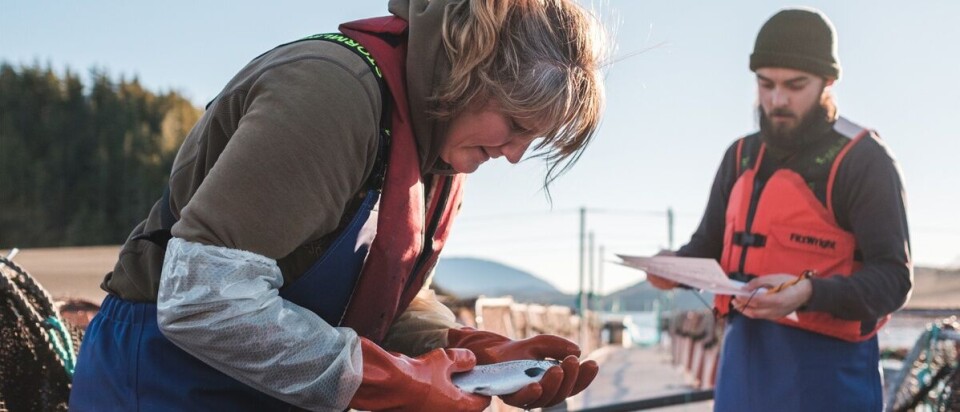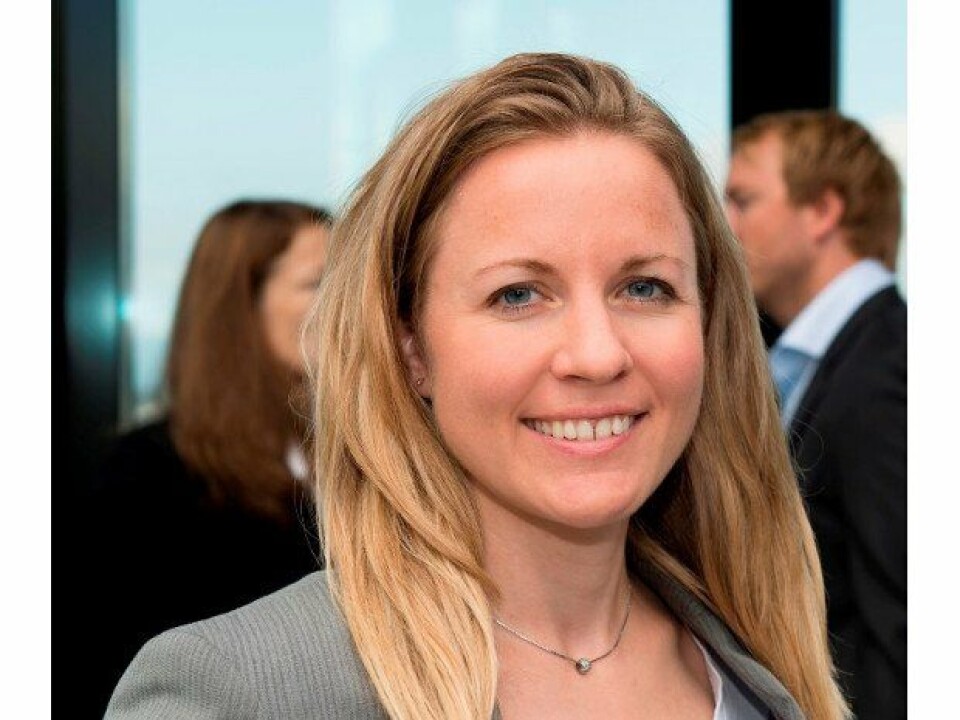
Cermaq - low mortality but 47,500 escaped fish
Cermaq has reported low mortality levels in its quarterly sustainability results for April - June, and also revealed that 47,500 fish escaped in two incidents in Chile.
The 12-month rolling mortality rate is 4.4 per cent in Norway, 5.9 per cent in Canada, and ranging between the three species from 3 per cent-6.8 per cent in Chile. Norway and Canada had no escapes.
Oslo-based Cermaq, owned by Japan's Mitsubishi Corporation, has published quarterly sustainability results on key indicators related to fish health, environmental and social topics in its operations since beginning of 2016.

“We believe a company which openly reports its results also has a better overview of risk and opportunities, a stronger basis for dialogue with stakeholders and a better ability to actually make progress on material topics,” says Wenche Grønbrekk, head of sustainability and risk.
Antibiotic use reduced
The company said fish health performance in Q2 was robust with no use of antibiotics in Norway, and significant reductions in Chile and Canada compared to same quarter last year. "Still, we aim for further reductions. There was no use of treatment against sea lice in Norway and a significant reduction in Chile and Canada compared to same quarter last year," Cermaq said in a press release.
Both escape incidents in Chile were caused by holes in nets.
According to the sustainability report, the overall lice situation in Canada was positive, with lower sea lice counts compared to the same quarter last year. The rolling 12 month fish survival rate was higher compared with the same period last year, largely due to improved environmental conditions. The report continued: "Sea water temperatures have returned to normal levels, which has also decreased the risk of SRS (Piscirickettsiosis) . The use of antibiotics hence decreased significantly compared with the same quarter last year."
'Industry-wide threat'
The report on operations in Chile stated: "Sea lice counts were somewhat higher than in the same period last year, however sea lice treatment use decreased. There were two escape incidents this quarter which led to the unfortunate escape of 47,524 fish.
"SRS is an industry-wide threat and this burden is the main cause of fish mortalities in Chile. Antibiotic use is reported at the end of the farming cycle when the site is fully harvested. This quarter we had a significant decrease in our measure of antibiotic use compared to Q2 2016 with a use of 502 grams active ingredient used per tonne harvested by closed cycle. The main reason for antibiotic use remains Piscirickettsiosis.
"Cermaq has a strong commitment to finding a sustainable solution for SRS, which currently can be partially controlled by traditional vaccination and managed by the use of antibiotics. For the last five years Cermaq’s R&D team has worked actively with industry and academic partners to develop new and effective vaccines to fight SRS, promote vaccine innovation and their proper use. Cermaq Chile will continue to work on initiatives to reduce SRS during the farming stage, by encouraging the development of new vaccines prototypes, development of novel vaccination strategies and the use of these vaccines in Cermaq Chile sites."
For Norway, the report stated: "Sea lice counts were well below the regulatory limit of 0.5 average adult female lice per fish and counts were lower than the same period last year. Lice counts were low largely due to the implementation of preventive measures such as lice skirts and several sites with cleaner fish. No sea lice treatment was used this quarter."























































